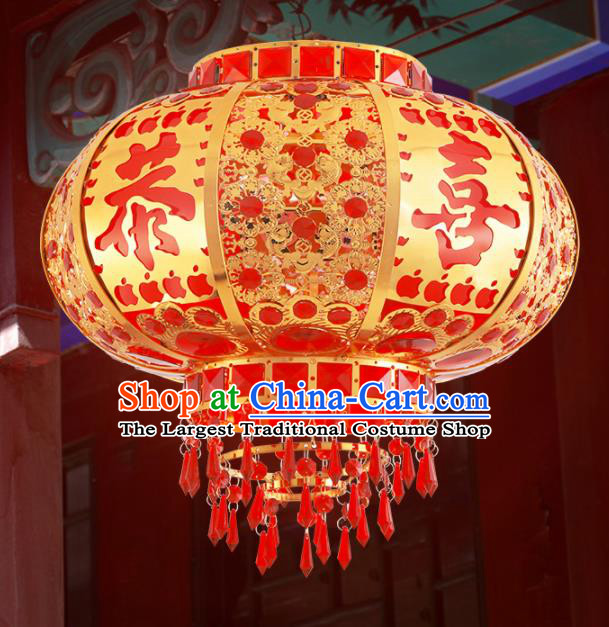
Click Related Pictures for More Audios:
Lanterns in ancient Chinese palaces are an important cultural artifact in ancient China.
They not only have practical value but also carry rich spiritual and cultural connotations and historical significance.
In ancient times, lanterns were not only lighting tools but also symbols of celebrating festivals and praying for peace.
Their design and production techniques are exquisite, showcasing the superb skills and aesthetic taste of ancient Chinese craftsmen.
The design and production techniques of ancient Chinese palace lanterns are very unique.
They usually use red or gold silk as a lampshade, on which various patterns such as dragons, phoenixes, flowers, birds, landscapes, etc.
are painted.
These patterns symbolize good luck, wealth, health, and happiness, reflecting people's yearning and pursuit of a better life.
In addition, the shapes of lanterns are also very diverse, including round, square, hexagonal, etc.
Each shape has its unique meaning and symbolic significance.
In addition to practicality and aesthetic value, ancient Chinese palace lanterns also bear rich historical significance.
It is an important part of ancient Chinese culture, reflecting the social customs, religious beliefs, and aesthetic concepts of that time.
At the same time, it is also one of the important achievements of ancient Chinese scientific and technological development, demonstrating the wisdom and creativity of ancient Chinese craftsmen.
In conclusion, ancient Chinese palace lanterns are a fascinating cultural artifact that not only has practical value but also carries rich spiritual and cultural connotations and historical significance.
By appreciating and studying ancient Chinese palace lanterns, we can better understand the profoundness and unique charm of ancient Chinese culture.




























































































































